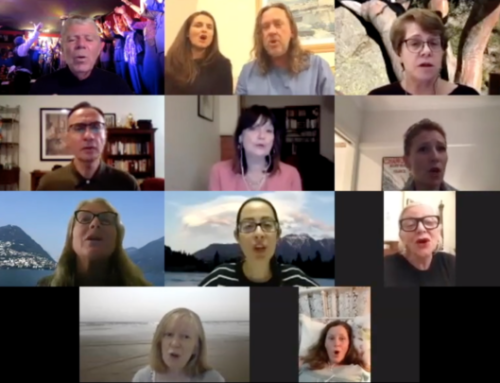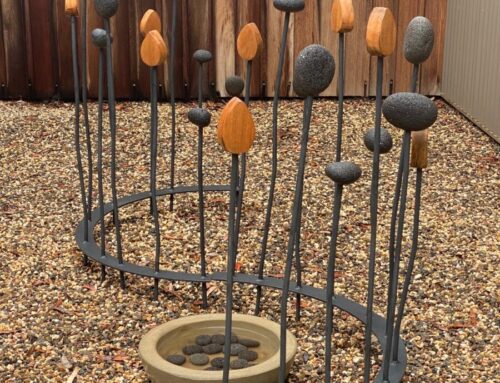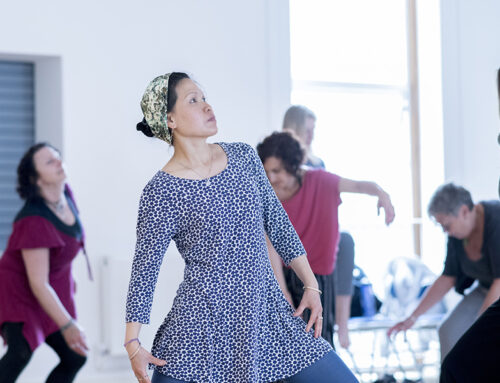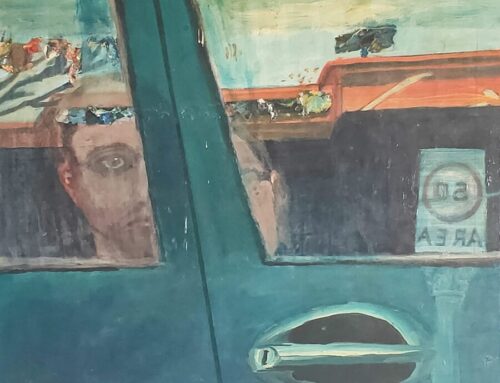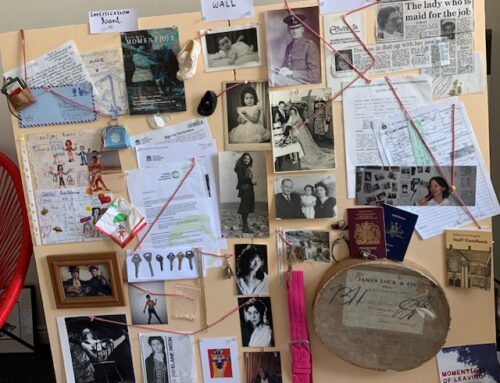Angie Contini is an experimental multimedia artist and independent scholar. Her works featured here are part of a collage series called ‘Ecology’. This series is in response to Angie’s eco-anxiety. In Angie’s words: “through collage you can actively meditate on the possibility of rewriting human-centric beliefs through creative imagery”. Angie only uses recycled materials for these works.

Ecology no. 6 (2020), hand cut collage with vintage wooden frame
All of the images in the collages are taken from a British 1960s children’s encyclopedia set. They were published at a time when the developed west was intrigued with not only the wonders of nature and biology, but also the myth of progress and an industrialised life of comfort at the expense of nature. Conceptually, the collages are a reimagining of this human-centric order of the cosmos, and those supremacist ideologies that continue to place human needs and desires before animals and nature. Compositionally, I am always searching for ways to reimagine this hierarchy through space and scale: miniature human figures, heads and body parts are scattered beneath the ocean floor, beneath an abundant marine life, across the desert sands, inside shells and under rocks. Above, giant birds are poised in the eternal night sky, fish and turtles and lobsters tower over geological layers, historical and mythical narratives, and figures of influence. I’m interested in the question of the future resting place of humanity, and our ideologies, amidst the metamorphic natural world.
The two works featured in this exhibition are part of an ongoing series that I began earlier this year in the pandemic lockdown, just after the bushfires, amidst continued NSW logging, Sydney mega-construction, the EPBC (Environmental Protection & Biodiversty Conservation) Act review controversies and ongoing catastrophic weather events overseas. I wanted to speak to ecocide, climate change and animal death beyond the more prolific images of eco-apocalypse, to find a way through the debilitating effects of eco-anxiety, and to hold onto the love I have for animals and nature. Engaging with environmental politics is exhausting. I often feel like I have toothpicks under my eyes, watching and waiting, swinging between feelings of real purpose and absolute hopelessness. There is a point where the magnitude of animal suffering and death becomes too much to process. When I’m making art I can re-focus my rage at the world, quieten down my episodic eco-despair, and use my skillset as best I can to contribute meaningfully to the more empowering dialogues of accountability and change that are (slowly) gathering ground now.
More than ever, I feel an obligation to do work that responds to the urgent needs of nature, and to back up the ideas with ethical practices like re-using, recycling and sustainable sourcing. It is immensely satisfying to know that materially and thematically the works align with sustainability.
With the pandemic, most of this year has felt like falling into a black hole. But it has also strengthened my belief in art as a force for change; not through extremist activism or shaming, but through the creation of new images that challenge destructive belief systems. The connection between the pandemic and climate change is a global leveller; it connects all of us, regardless of race, colour, gender, age, social-standing, industry, or economic status. So, if I am one more voice promoting a love for nature—however small that often feels—I am one more voice speaking for those who aren’t being heard by those systems. Art can be a powerful aphrodisiac for change. I want to throw everything I have at ecocide: not only words and actions, but images too.
The overall process of collage is deeply reassuring, especially with this kind of intricate hand-cut style that involves sometimes hundreds of miniature pieces. It teaches you patience and encourages you to move beyond self-destructive, moralising binaries like good versus bad, right versus wrong, etc.
I’d like to think I have major existential revelations about my mental health while I’m working, but the truth is I spend much of the time thinking things like, “where does this fat blue fish belong?” (this can go on for hours, days and even weeks), or “be careful not to cut off the bird’s feet” ( and then I cut off the bird’s feet), or “where did that cosmology illustration go, the one with the elephants and the giant turtle?” (I lost it about nine times), or “I think I’ve cut out too many eyes…” (it’s amazing how many human heads there are in these encyclopedias), or worse, “if I ruin this beautiful swan there’s no other creature that is just the right shape and size to put in the centre of the moon”. By the end of it, I’ve fallen in love with all of the subtle, secret details that make up the whole; it’s almost an anti-climax when the piece is finished.

Angie Contini Profile Image
So yes, collage is a way to build resilience through small acts, and as it does, it reinforces my foundational beliefs in the spiritual purpose of art. We need images that we can believe in, empowering models to follow, messages that offer a courageous vision of an ethical and beautiful life, guides that invite others to become educated and accountable.
More of the Ecology Collage Series can be found at https://www.behance.net/gallery/101311719/Ecology-Collage-Series
More of Angie’s work can be found at www.behance.net/angiecontini

